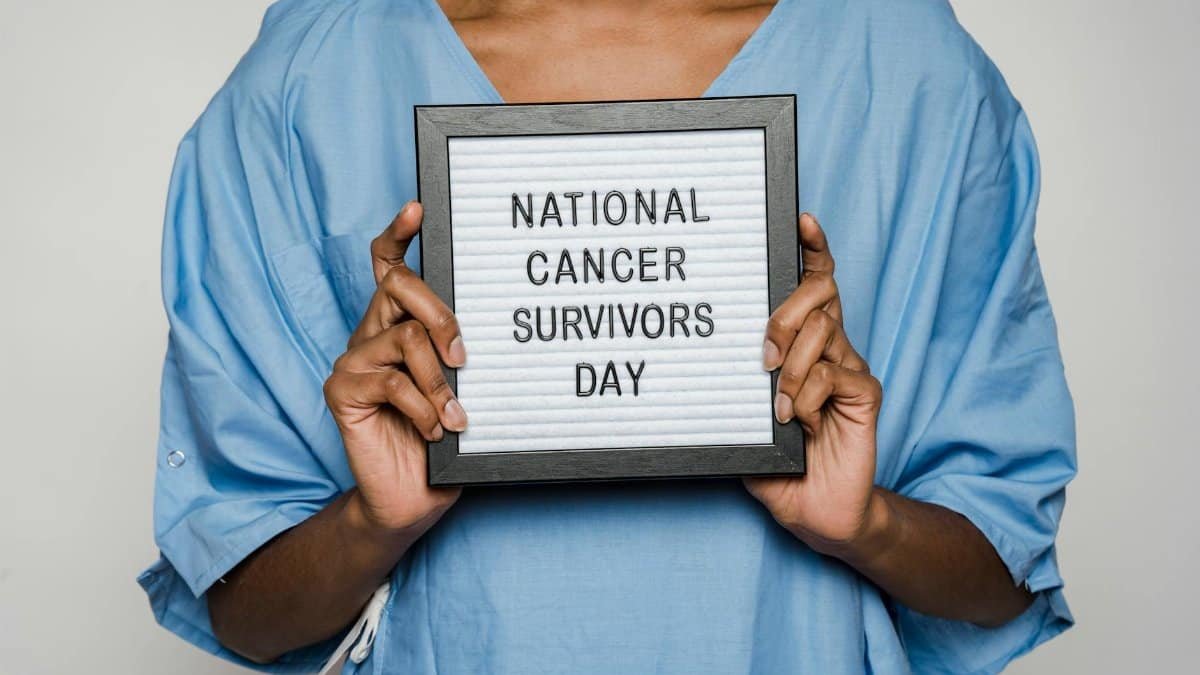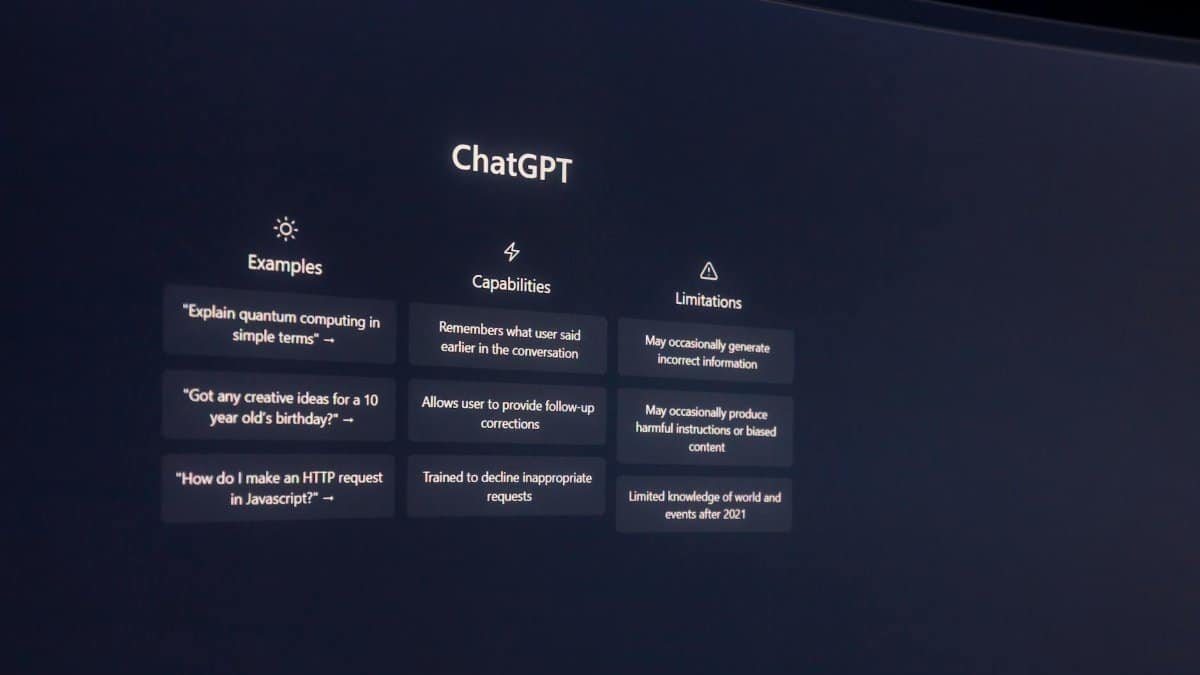In a fast-paced world where distractions pull us in every direction, presence acceptance is emerging as a game-changer for mental health. Simply put, presence acceptance is the practice of fully embracing the present moment without judgment, allowing emotions and sensations to exist as they are. It matters because, amid rising stress levels in 2025, this approach is helping Americans reclaim their inner peace and boost resilience. New studies show it’s not just buzz; it’s backed by science, transforming how people navigate daily life.
Defining Presence Acceptance

Presence acceptance goes beyond basic mindfulness. It’s about acknowledging your current state, whether it’s joy, anxiety, or boredom, without trying to fix or flee it. This concept draws from cognitive behavioral therapy and Eastern philosophies, encouraging a non-reactive stance. In the U.S., therapists are increasingly incorporating it into sessions, especially post-pandemic when isolation amplified emotional disconnect. By accepting what’s here now, individuals report lower cortisol levels and improved focus. It’s straightforward: sit with it, don’t shove it away.
The Science Behind It

Research supports presence acceptance as a tool for emotional regulation. A study from Harvard Medical School found that participants practicing acceptance techniques showed reduced activity in the amygdala, the brain’s fear center. This leads to better stress management. In 2025, with mental health apps booming, tools like Headspace integrate these methods, making them accessible. Experts say it’s not about ignoring problems but facing them head-on, which can prevent burnout. For credible insights, check the Harvard Health Publishing on Mind and Mood, where related studies are detailed.
Benefits for Daily Life

Embracing presence acceptance can reshape routines. Workers in high-pressure jobs, like New York finance pros, use it to stay grounded during market volatility. It enhances productivity by cutting down on rumination, those endless mental loops about past mistakes or future worries. Parents find it helps in connecting with kids, fostering patience amid chaos. Physically, it aids sleep and digestion by easing tension. In a 2025 survey by the American Psychological Association, 45% of respondents noted improved well-being after adopting similar practices. It’s practical, not fluffy.
Common Misconceptions

Many confuse presence acceptance with passivity. It’s not about giving up; it’s about choosing responses wisely. Critics argue it ignores real-world action, but proponents counter that acceptance clears the mind for better decisions. Another myth: it’s only for the spiritually inclined. Actually, it’s secular and evidence-based, fitting into therapy or self-help. U.S. wellness trends in 2025 show it’s gaining traction among skeptics, thanks to apps and workshops demystifying it. Don’t mistake it for suppression; it’s the opposite, a bold confrontation with reality.
Practical Steps to Start

Begin small. Set aside five minutes daily to observe your breath and thoughts without interference. Notice sensations in your body, label emotions neutrally, like “this is frustration.” Journaling helps track patterns. Join online communities or apps for guided sessions. In urban hubs like Los Angeles, group classes are popping up. Remember, consistency beats perfection. A report from the National Institutes of Health highlights how such habits build over time, leading to lasting change. Explore more at NIMH on Mindfulness for evidence-based tips.
Impact on Relationships

Presence acceptance strengthens bonds. By being fully attentive, you listen better, reducing misunderstandings. Couples therapy often includes it to navigate conflicts without escalation. In families, it models emotional intelligence for kids. A 2025 Pew Research study on social trends noted that mindful practices like this correlate with higher relationship satisfaction. It’s about showing up authentically, not performing. Friends report deeper conversations when judgment is sidelined. Overall, it fosters empathy, turning interactions from reactive to responsive.
Challenges and How to Overcome Them

Not everyone finds it easy. Distractions from social media or work can derail efforts. Initial discomfort arises when facing buried emotions. Overcome this by starting in low-stakes moments, like during a commute. Seek professional guidance if past trauma surfaces. In the U.S., telehealth makes therapists accessible. Persistence pays off; studies show neural pathways adapt within weeks. Avoid forcing it; gentleness is key. With 2025’s emphasis on mental health equity, resources are expanding to help diverse groups tackle these hurdles.
Real-World Examples

Take tech executive Mark T., who credits presence acceptance for surviving a career crisis. After layoffs, he practiced daily, gaining clarity to pivot successfully. Or consider teacher Elena R., who used it to manage classroom stress, improving her engagement with students. These stories echo broader trends; wellness retreats across the country report surges in attendance for acceptance-focused programs. In sports, athletes like NBA players adopt it for peak performance under pressure. Such anecdotes illustrate its versatility, from boardrooms to everyday struggles.
Future Implications

As 2025 unfolds, presence acceptance could influence workplace policies, with companies offering mindfulness breaks. Education systems might integrate it to combat youth anxiety. Public health campaigns, inspired by CDC guidelines, promote it for national well-being. While not a cure-all, its scalability makes it promising. Experts predict wider adoption, blending with tech like VR for immersive practice. Ultimately, it empowers individuals to thrive amid uncertainty, reshaping how Americans approach life’s inevitable ups and downs.
